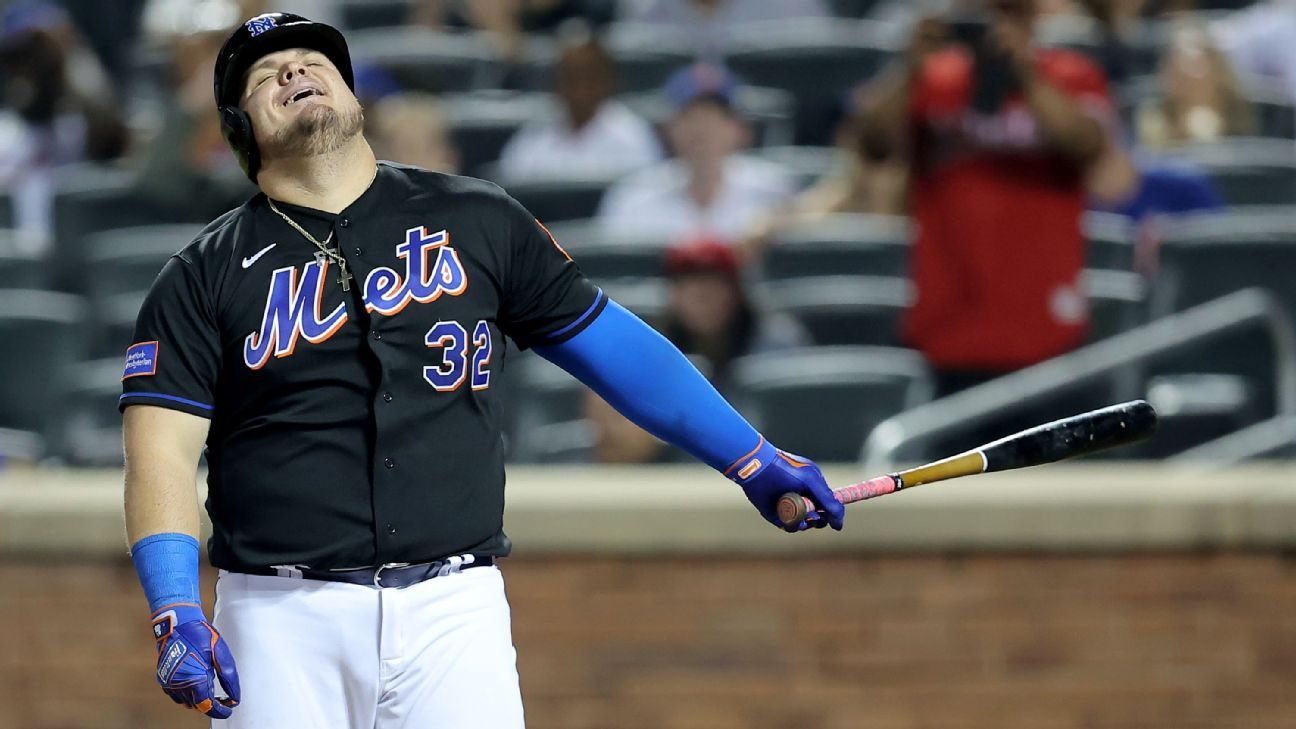DeadsetAce
Supporter
- 106,069
- 51,986
- Joined
- May 31, 2004
damn, Wake 

Follow along with the video below to see how to install our site as a web app on your home screen.

Note: this_feature_currently_requires_accessing_site_using_safari







M’s still alive with walk-off


The outcome of this game could mean a few things for a few teams.

God damn.
 couldn't imagine going through this for 108 years
couldn't imagine going through this for 108 years 

This seems like a mistake to me
Hmm but who is responsible for assembling the roster?One of those “can’t fire the players” situations

Farhan gets part of the blame because he's responsible for that role. But maybe MAGA Greg Johnson and other members of ownership (minus Buster) handcuffed him in making some moves? Idk.Hmm but who is responsible for assembling the roster?
Tbh I wouldn’t fire Farhan either. He went all in on Judge and didn’t get him. Landed Correa next but then the medicals came up and then had to shift to whatever scraps were left on the market after that. It was an unlucky offseason.
Gabe did what he could with the roster (except for preventing pusoy dos from being played).